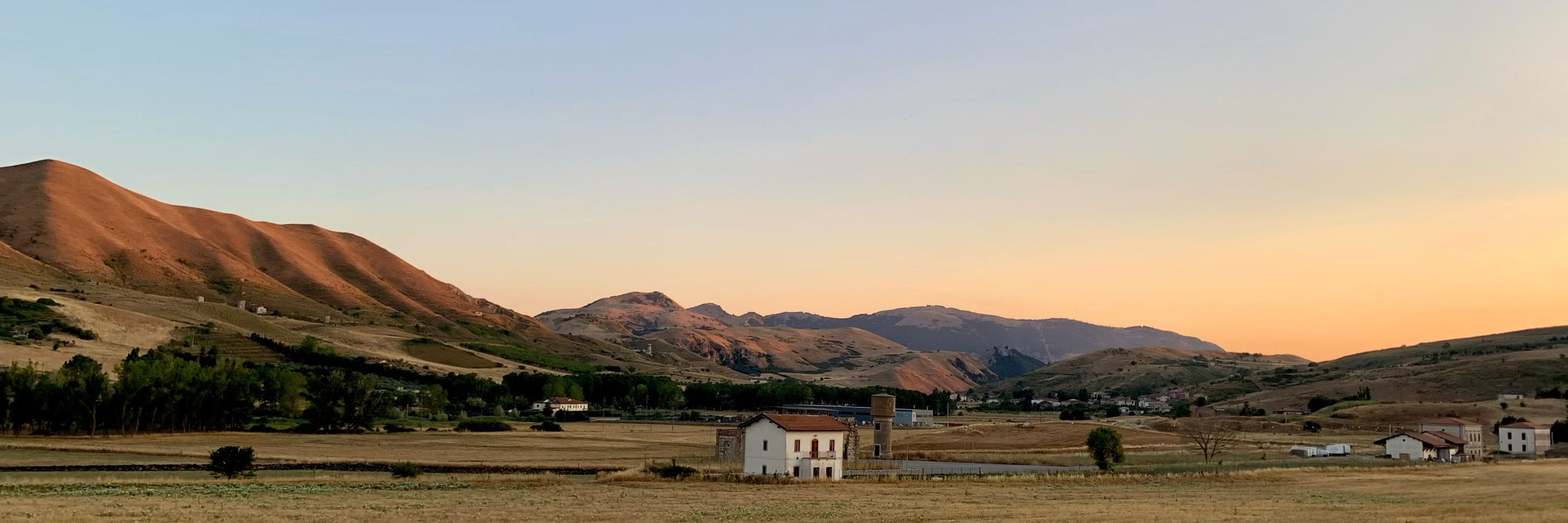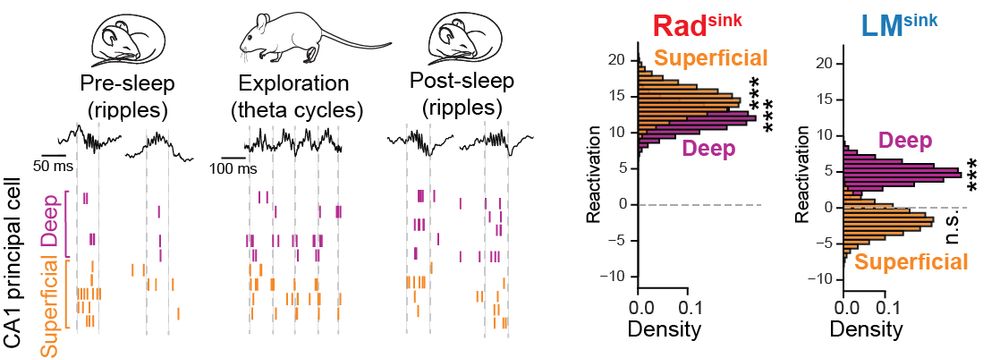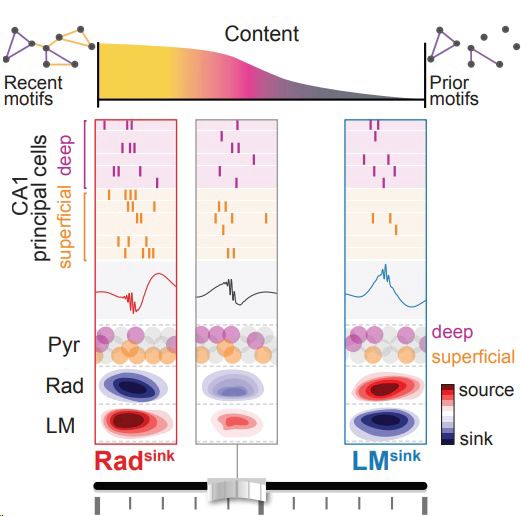
(9/11)

(9/11)
(8/11)

(8/11)
(7/11)

(7/11)
(6/11)

(6/11)
(5/11)

(5/11)
🔗 github.com/mcastelli98/...

🔗 github.com/mcastelli98/...
(3/11)

(3/11)
(2/11)

(2/11)
With @vitorlds.bsky.social and David Dupret, we show that diversity in ripple current profiles shapes reactivation dynamics

With @vitorlds.bsky.social and David Dupret, we show that diversity in ripple current profiles shapes reactivation dynamics


